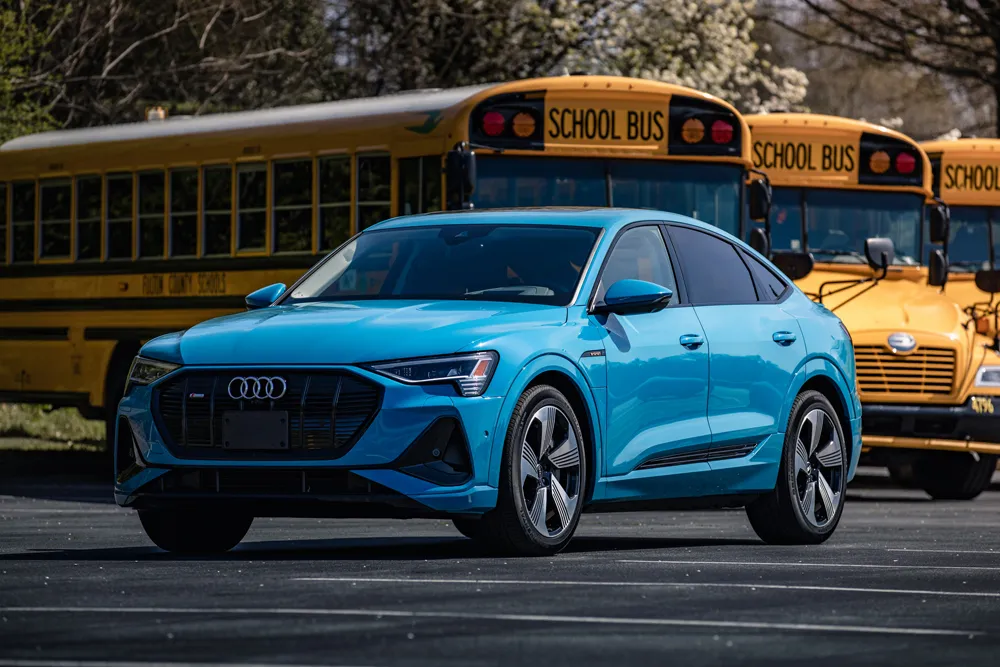Wavetronix is to carry out what it calls a first-of-its-kind installation of its SmartSensor Matrix in the city of Tustin, California for the Tustin Ranch Road Extension project.
As part of the project, the city is incorporating cycle detection technology and is using Wavetronix radar in a unique ‘in-the-box detection designed to ensure that cyclists can safely pass through signal-controlled intersections before the light changes to red.
SmartSensor Matrix is able to detect cycles and register them
February 5, 2014
Read time: 2 mins
As part of the project, the city is incorporating cycle detection technology and is using Wavetronix radar in a unique ‘in-the-box detection designed to ensure that cyclists can safely pass through signal-controlled intersections before the light changes to red.
SmartSensor Matrix is able to detect cycles and register them as part of traffic, eliminating the problem that traffic cameras often cannot detect cycles; and inductive loops require cycles to be positioned in a specific location above the loop for accurate detection. Matrix, which generates 16 separate radar beams, can detect cycles in user-defined zones anywhere in its 90-degree, 140-foot field of view. As a result, cycles are treated like any other vehicle when it comes to activating signals.
Working with Wavetronix and SummitCrest, Wavetronix’ local partner, project consultants Hartzog and Crabill created the ‘in-the-box’ detection configuration to both detect traffic at the stop bar and track cycles through the intersection, or ‘inside the box’. The system is initially being rolled out at four intersections.









